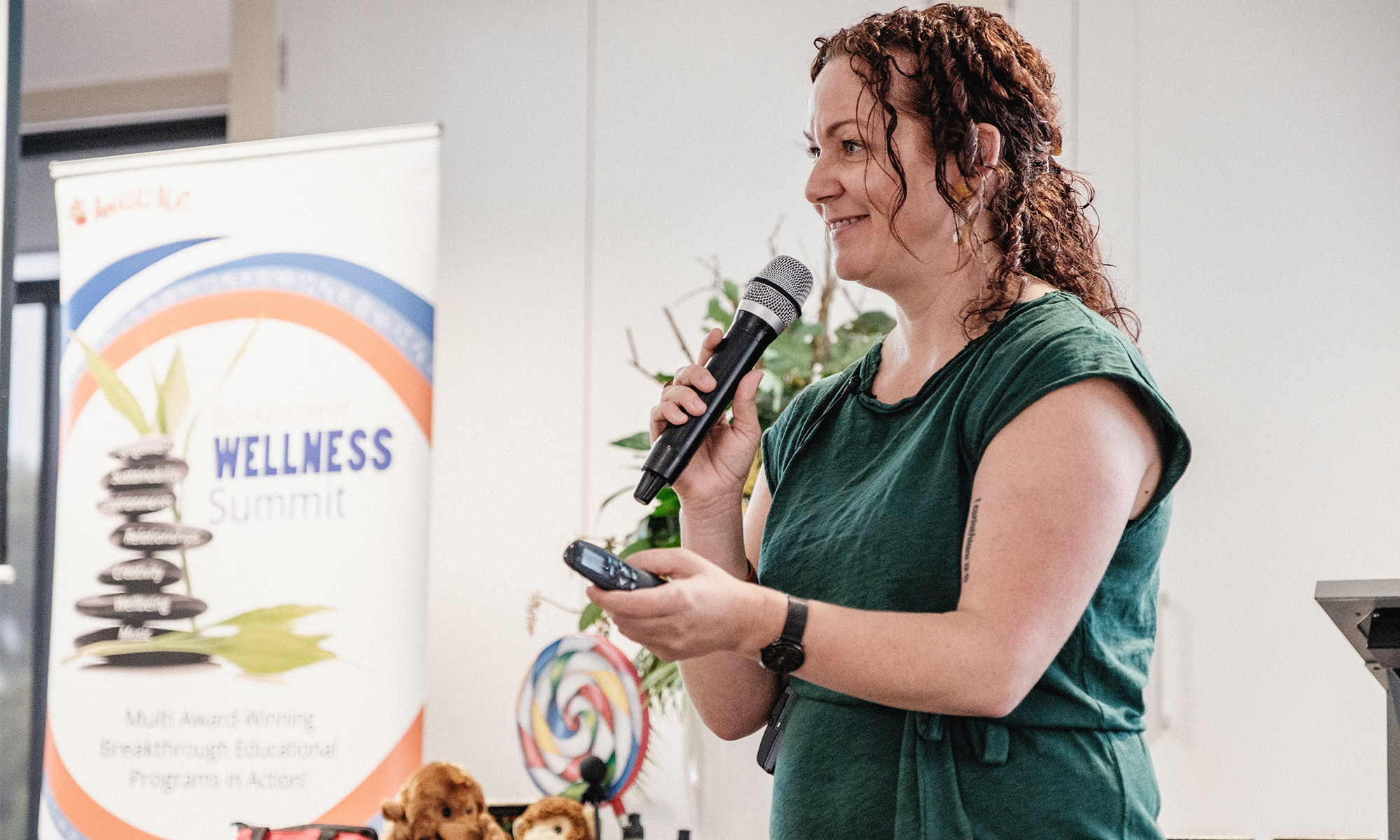With traffic on our roads becoming increasingly busy it is important for all of us to teach children from a young age to be aware of the traffic rules and regulations. Years ago children could ride down the street without a care in the world but times have changed and with more cars, scooters, bikes, motorbikes, buses and trams on the road than ever it is imperative we all stay safe.
There are many fun and simple ways to teach children both at home and in the classroom. In your local area there may be a little traffic school where they can ride their own bikes or scooters and learn the rules of the road. Or you could ask a volunteer policeman/ woman or road safety group to come and talk to the children in a class environment. In Victoria alone there are many groups who support Road Safety and it is coordinated by the Victoria Road Safety Education Reference Group.
Department of Education and Early Childhood Development (DEECD)
Department of Justice
Department of Transport
Public Transport Victoria
Royal Automobile Club of Victoria (RACV)
Transport Accident Commission (TAC)
VicRoads (Chair)
Victoria Police
According to the Road Safety education website ‘There is evidence that children start learning about the road system from a very early age and that this can lead to safer behaviors in later life.’
Road safety education plays an important role in shaping the attitudes and behaviors of children and young people – ensuring they become responsible drivers, passengers, pedestrians and cyclists.
As the old saying goes; you are never too young to learn.
To see who supports Road safety in your local area or state click here: – http://www.australianroadsafetyfoundation.com
For more information and some useful links:-
http://www.kidsandtraffic.mq.edu.au
http://www.constablekenny.org.au/parents/road-safety/
Road Safety craft ideas. Fun to incorporate at home or at kindergarten:-
https://www.pinterest.com/klmartino/cars-and-road-safety-ideas/


